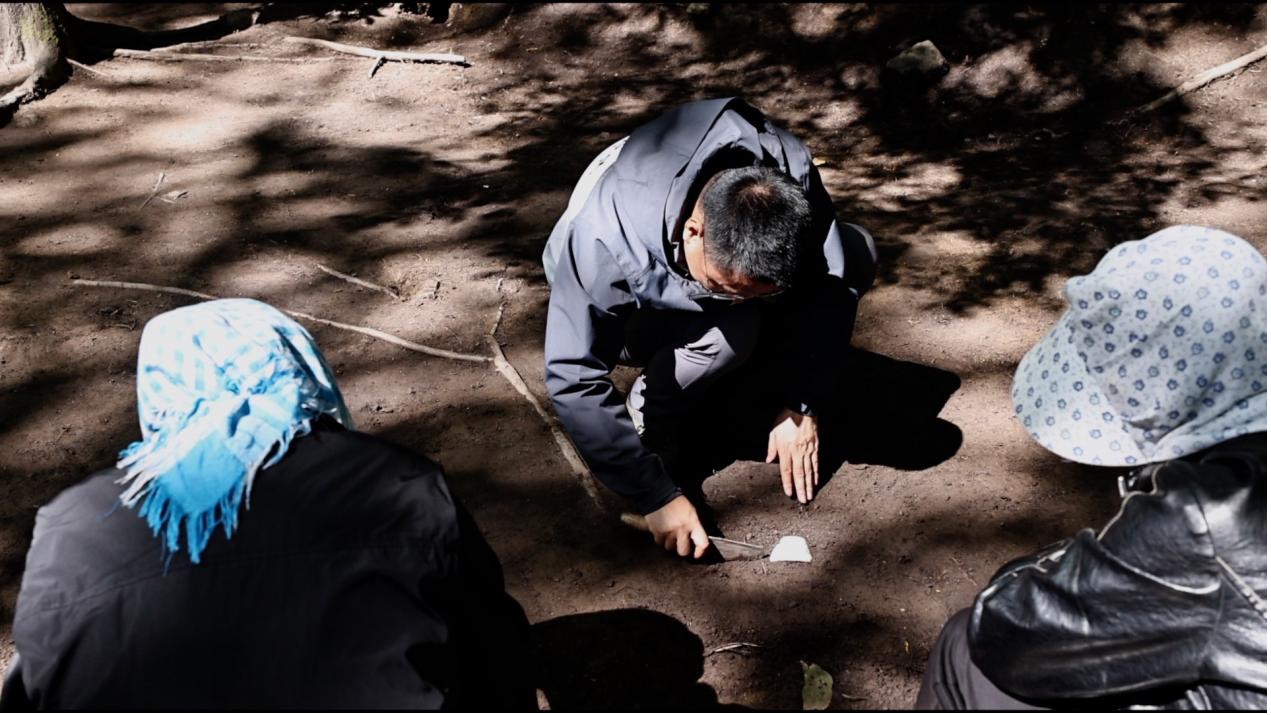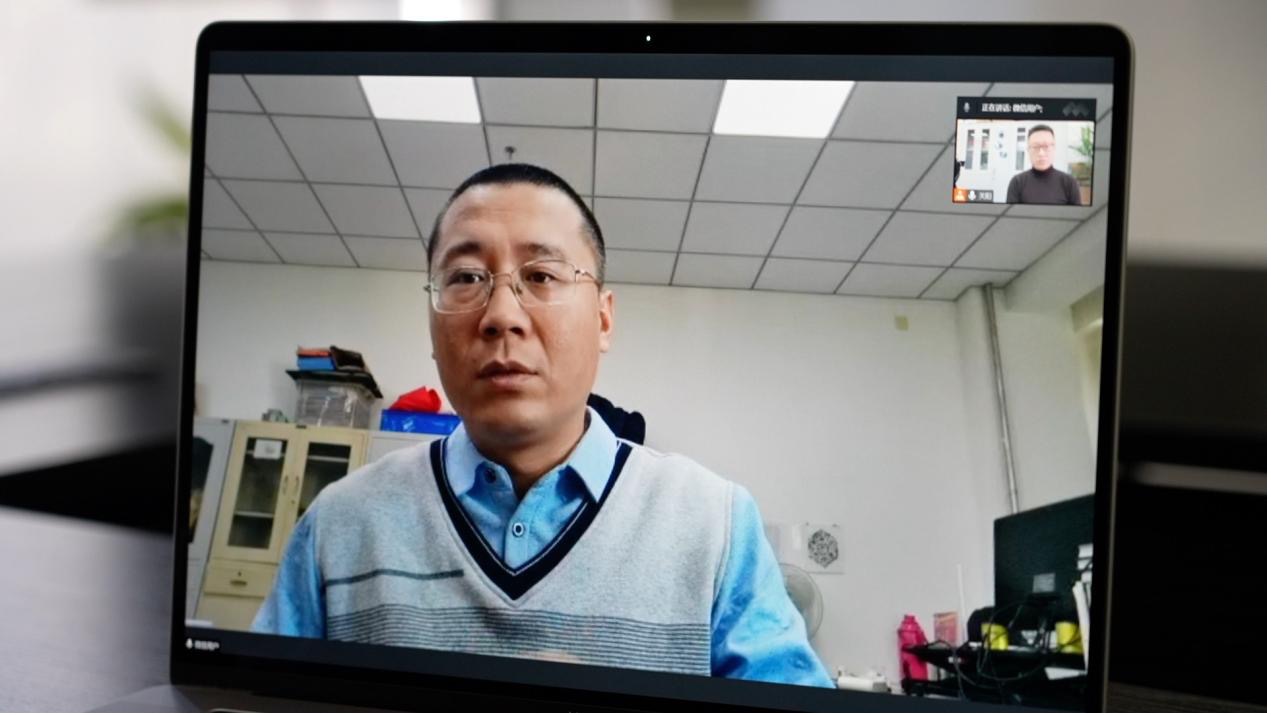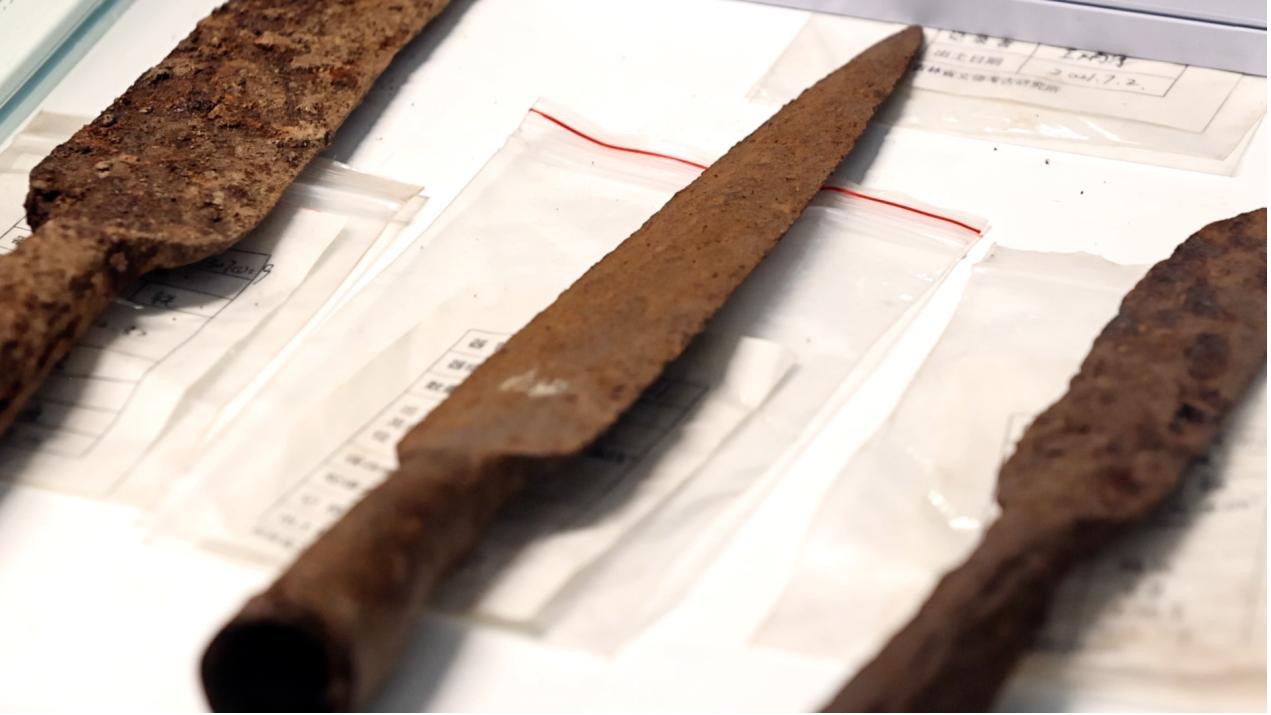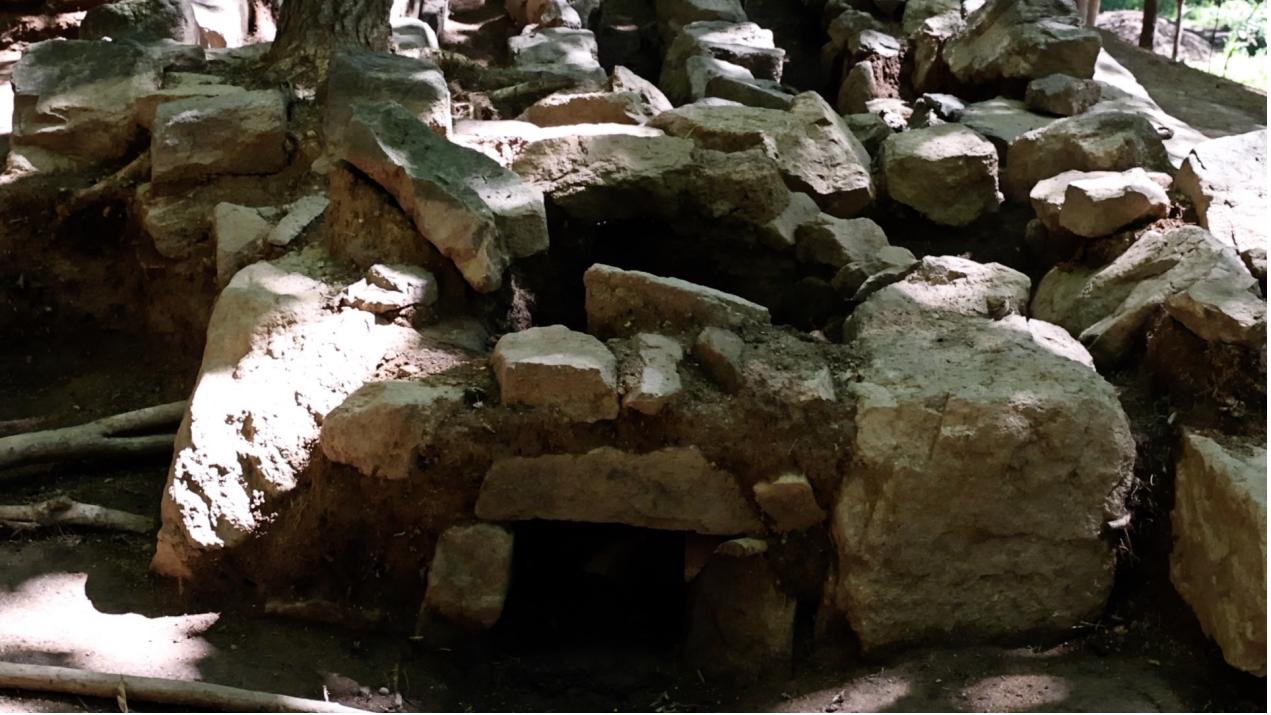
Starting last year more than 3,000 remnants related to the northeast anti-Japanese united army have been excavated by Jilin Provincial institute of archaeology, August, 2022. /CGTN
Starting last year more than 3,000 remnants related to the northeast anti-Japanese united army have been excavated by Jilin Provincial institute of archaeology, August, 2022. /CGTN
China's northeast Anti-Japanese United Army fought a long and arduous war against Japanese aggressors in the 1930s and 1940s. Excavation teams from Jilin Provincial Institute of Archaeology have found over 3,000 war remnants dating back to that period that provide new information about their struggle.
Since last year, more than 3,000 remnants related to the northeast Anti-Japanese United Army have been excavated by Jilin Provincial institute of archaeology. "These relics were unearthed at the Hongshilazi guerrilla base and are the largest discovery related to the Northeast Anti-Japanese Untied Army in terms of both quantity and scale," said Meng Qingxu, the head of the archaeological team of Jilin Provincial Institute of Archaeology.

CGTN sets up an online interview with Meng Qingxu, the head of the head of the archaeological team of Jilin Provincial Institute of Archaeology. /CGTN
CGTN sets up an online interview with Meng Qingxu, the head of the head of the archaeological team of Jilin Provincial Institute of Archaeology. /CGTN
The ruins located near the city of Panshi, cover an area of 32 square kilometers. The unearthed relics include knives, bullets and utensils, showing that the guerrilla forces not only fought against the aggressors, but also engaged in agricultural production. They also shed light on the realities of their war against the enemy.

The unearthed relics include knives, bullets and utensils, showing that the guerrilla forces not only fought against the aggressors, but also engaged in agricultural production. /CGTN
The unearthed relics include knives, bullets and utensils, showing that the guerrilla forces not only fought against the aggressors, but also engaged in agricultural production. /CGTN
"We were surprised to see that most of the unearthed weapons were cold weapons. It shows just how the guerrilla forces bravely fought against the enemies which were nearly three times their size. This symbolizes the spirit of the Northeast Anti-Japanese United Army," Meng told CGTN.
After the September 18 incident, the Hongshilazi site became one of the early anti-Japanese aggression bases under the leadership of the Communist party of China. Due to the nature of guerrilla warfare, the soldiers had to fight in the wilderness and sometimes in the most horrendous conditions.

Due to the nature of guerrilla warfare, the soldiers had to fight in the wilderness and sometimes in the most horrendous conditions. /CGTN
Due to the nature of guerrilla warfare, the soldiers had to fight in the wilderness and sometimes in the most horrendous conditions. /CGTN
Meng further added, "As the excavation progressed, we discovered a number of camps near the city of Tonghua, which were built during the later period of anti-Japanese aggression. There were not even brick beds in those secret camps. This shows the kind of harsh conditions the guerrilla forces withstood."